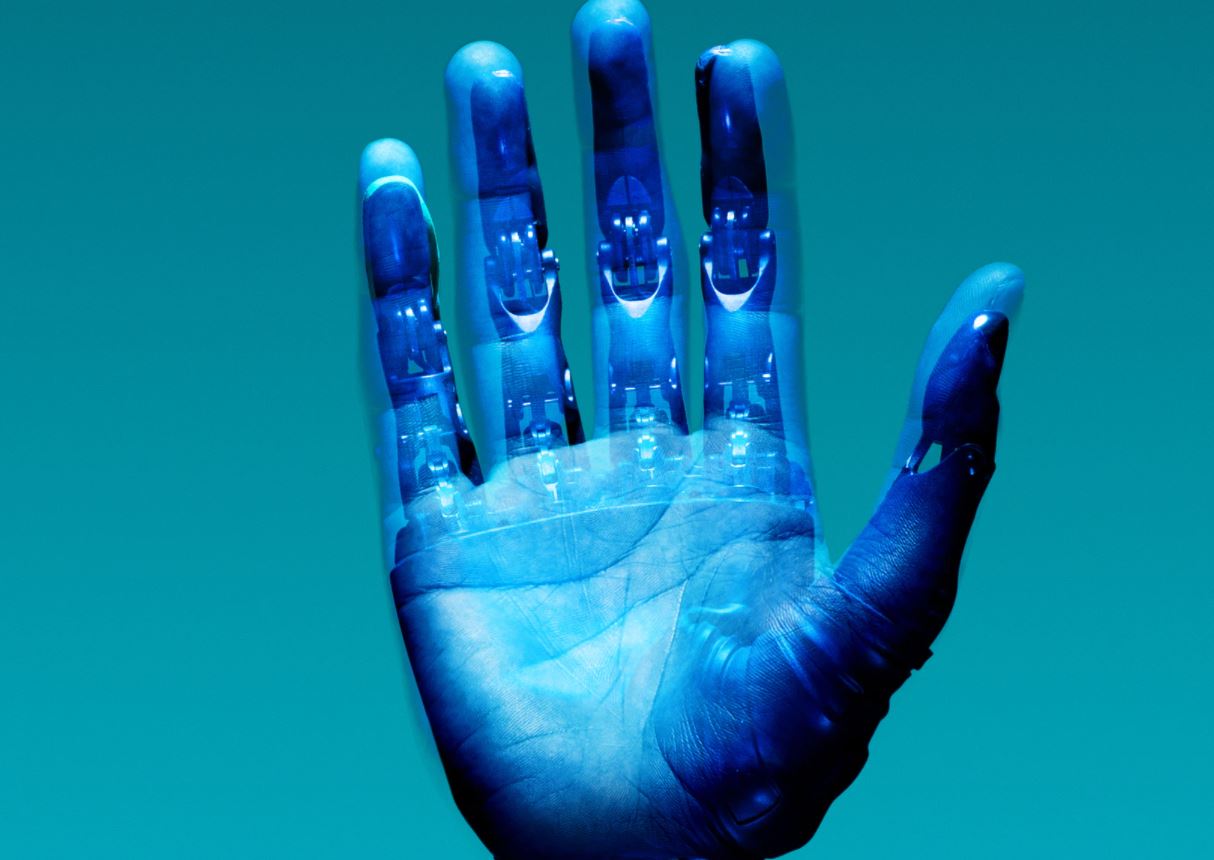
Credit: Unsplash
“Self-repair” like your skin, not like the T-1000.
The skin is one of the most fascinating organs in the human body if you think about it. Our skin keeps all our mushy bits safely tucked inside of us, protects us from hot and pointy stuff, and even when it’s damaged, it can gradually knit itself back together. The surface of a robotic limb, by contrast, can only be repaired by outside intervention; if you just leave it alone, it’ll stay broken. Or at least, that was the case until now.
A team of researchers from the National University of Singapore have developed artificially innervated foam, or “AiFoam” for short. AiFoam is, in essence, a kind of smart foam that allows a robotic limb to mimic some of the functions of human skin, including sensing nearby objects and even repairing itself when damaged. The foam is made of a mix of fluoropolymer and a special compound that lowers surface tension. This allows two pieces of foam to knit themselves back together when cut.
“There are many applications for such a material, especially in robotics and prosthetic devices, where robots need to be a lot more intelligent when working around humans,” explained lead researcher Benjamin Tee.
The AiFoam is also loaded with tiny metal particles and electrodes, kind of like the nerves in your skin. When pressure is applied to the surface of the foam, the metal particles contract, subtly altering their electrical signals, which is detected by the electrodes. It’s in this way that the foam can detect pressures, hazards, and nearby objects.
“When I move my finger near the sensor, you can see the sensor is measuring the changes of my electrical field and responds accordingly to my touch,” Tee said.
Besides improving standalone robots, the researchers hope that AiFoam can be applied to human prosthetic limbs in order to partially restore their sensation of touch. They’re looking to put it to practical use within the next five years or so.
































